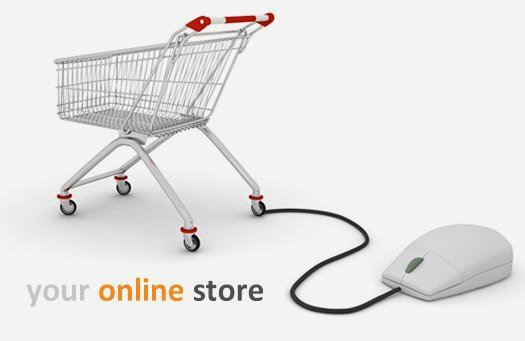Online Shopping Cart is a web-based application developed using PHP coding and MySQL database. This simple project is a typical shopping cart where customers/users can fill out the purchasing data, surf through the catalog or inventory, and add the products of their interest to the cart. It is virtual cart for entering data while browsing the product catalog.
The complete source code and necessary project files of this application can be downloaded from the link below. Also, available in the download file is installation instructions to run this project. The project documentation and report are not with us at the moment, so refer the description provided below as project abstract.
Download Online Shopping Cart using PHP-MySQL with Source Code and Installation Instructions
[sociallocker]
Download Online Shopping Cart using PHP-MySQL with Source Code and Installation Instructions
[/sociallocker]
Online Shopping Cart Project Abstract:
Developed using PHP-MySQL, this shopping cart and order management system is a simple web application that acts as an online store users can visit on the internet. Here, customers can surf through the available stock or inventory in the website, select the items of their choice, and add them to cart for purchasing.
All the selected products are collected in shopping cart, and at the time of checkout, those products are presented as an order. At checkout, before the transaction is completed, the customers are asked for more information.
These information generally include a few personal details, billing address, shipping address, shipping option, and payment option and information. All these details are filled out in a form at the time of checkout. The payment option can be in the form of PayPal, credit card, or any other.
After the completion of transaction, an email notification is sent to the user as soon as their order is placed based on the information they provided. For all this procedure to work out, the user or customer first needs to register into the system. They are then provided with a unique user id consisting of username and password with which they can log in to the system.
System Users:
There are basically three users or modules in the proposed system:
- Customers: Customers or users are the people who need to first complete registration to buy products and items. They can add their items into the cart and can make the checkout filling out a form with details of shipping, billing, and payment. Any user, registered or un-registered, can browse the shopping cart application and search for products.
- Registered Sellers: They are the ones who add items into the shopping cart. They must be registered into the system to do so. They can add items or products with full details such as item description, price, functionalities, seller description, etc. These items will later be visible on the site, and can be seen by any user.
- Administrator: Admins are responsible for managing and handling operations in back-end as well as front-end. The can add categories and subcategories, and products requested by registered sellers. Additionally, they approve user registration into the system, and can disable a user account at any time.
How to Install This Project:
- Download the project, and unzip is n your web-server html directory.
- Create a new MySQL database and name it.
- Edit the files connectdb.inc.php and ./Includes/connectdb.inc.php.
- Then, insert the database dump – FreeWebshop.sql into the new created database.
- Go to the admin page – admin.php. Configure the application as you wish!
Also see,
College Networking Website
Search Engine Application
More PHP Projects
Conclusion:
This online shopping card and order management system being a web-based application provides trading community a good platform to buy and sell products online. For the aforementioned shopping procedure to work out, all the users of the system including the administrator should be registered into the shopping cart website. New features, modules, and users can be integrated into the application as per requirement.

Please send me the source code and database
There is block “Download Source Files FREE !” in post. Press any share button and download link will appear.
Please send me the source code